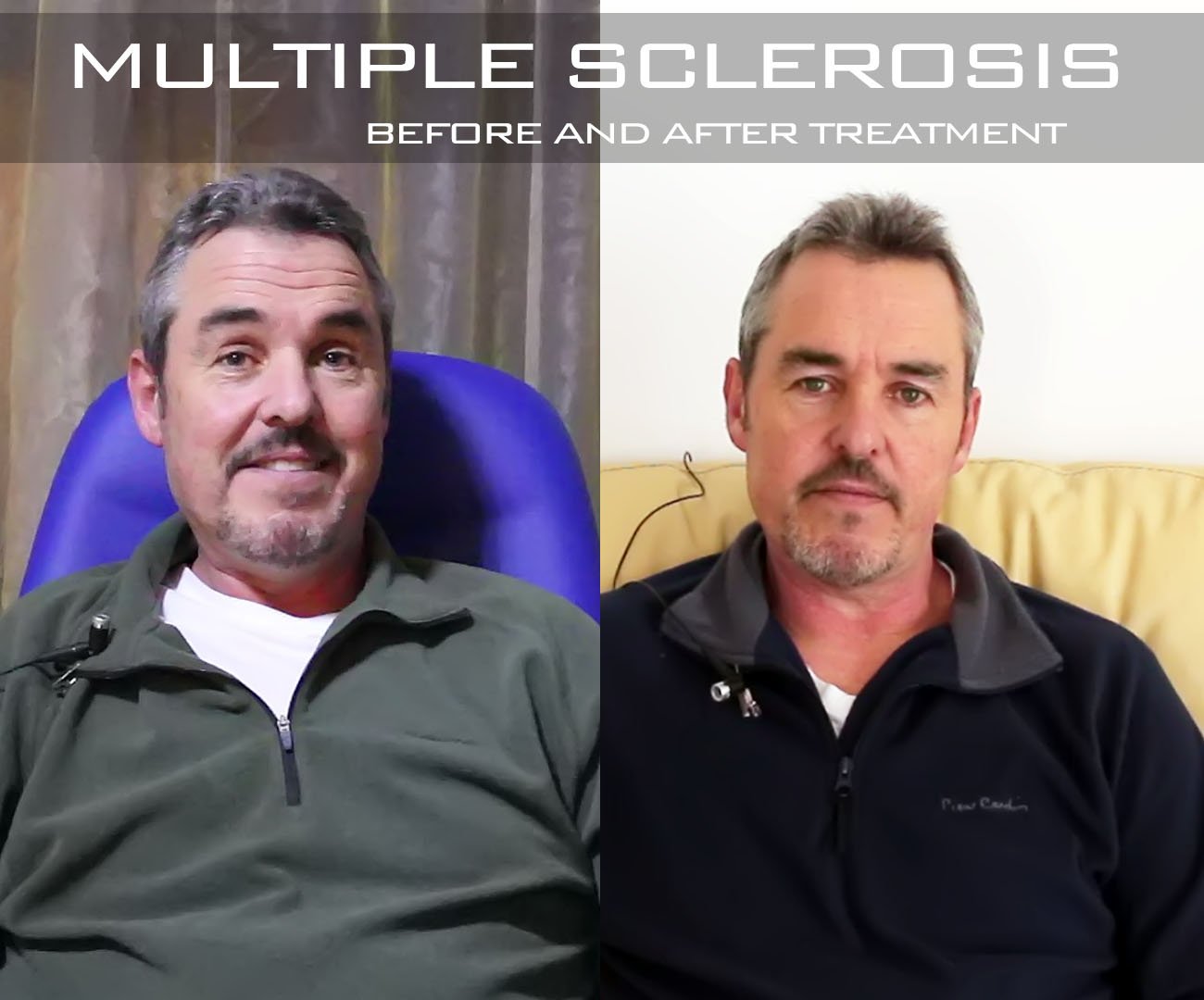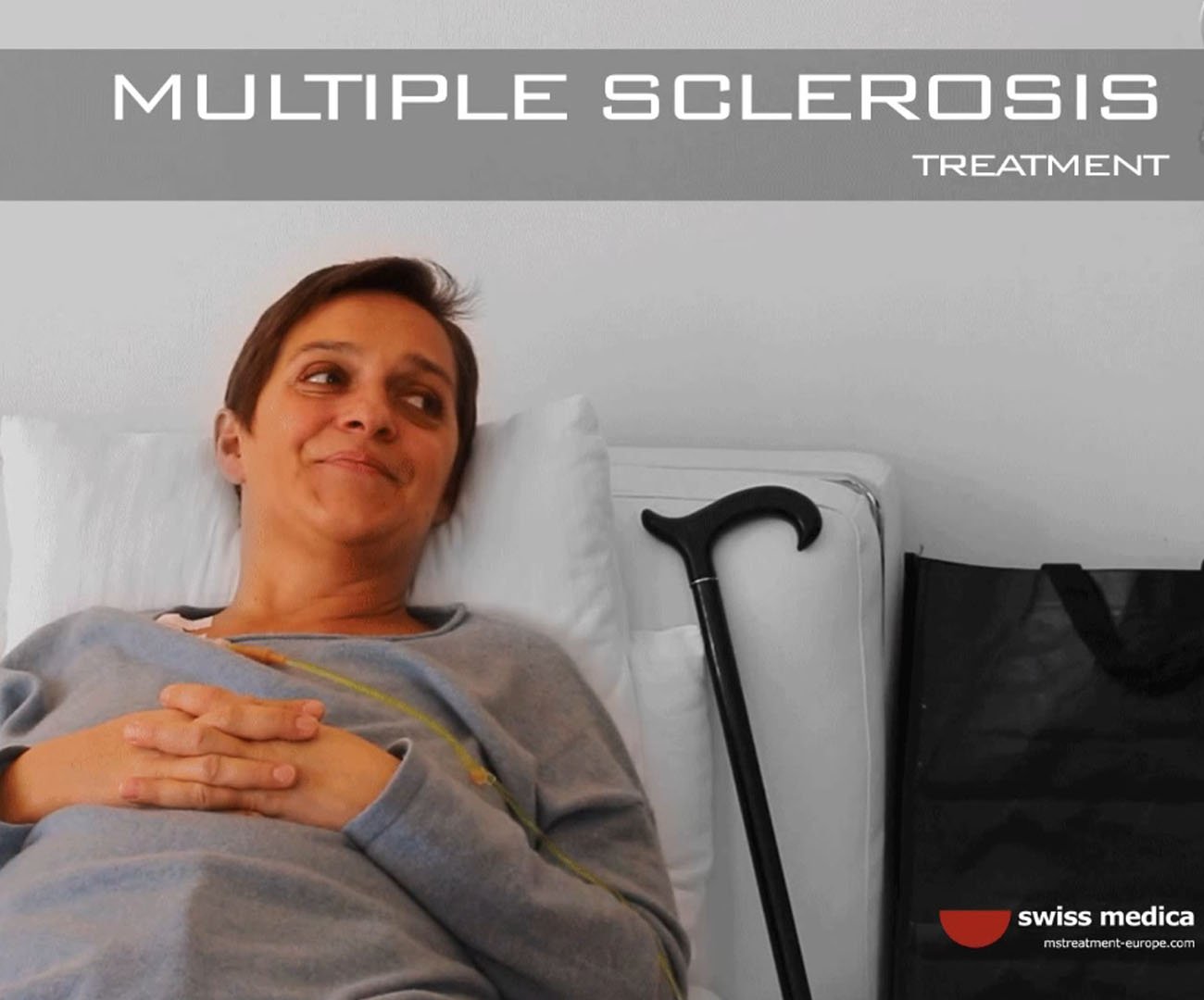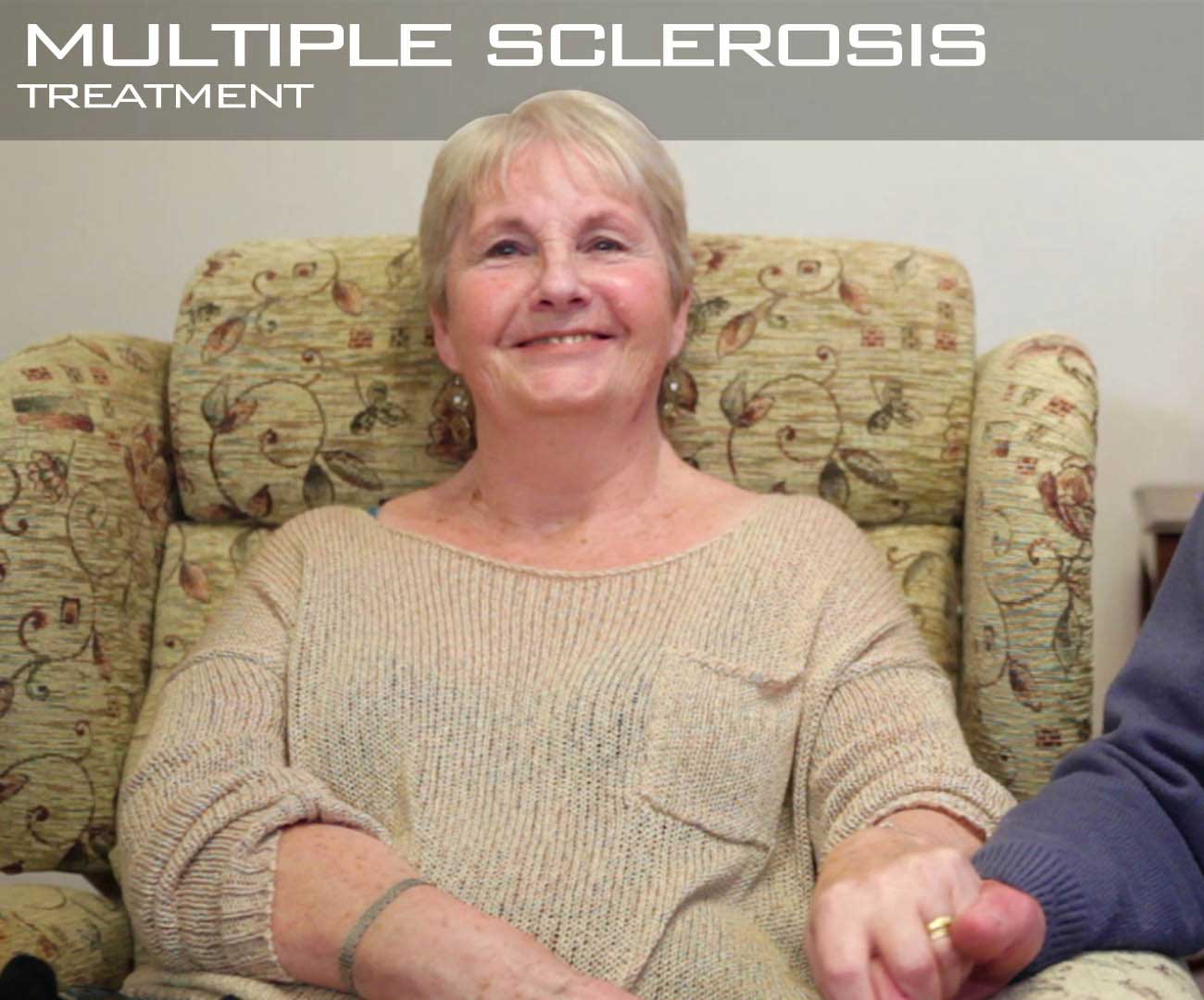
8 May 2020
Introduction
Patient’s Testimonial
Before Treatment
Treatment Procedures
Treatment Results
The Current Approach to Managing Multiple Sclerosis
Are There Any Other Effective Ways to Treat Multiple Sclerosis Without Chemical Drugs?
Stem Cells as Advanced Weaponry
How Stem Cells Work in Patients with Multiple Sclerosis
The Expected Improvements after MSCs-Based Therapy
Is It Safe?
References
Multiple sclerosis (MS) is a wide-spread disease of the central nervous system, which affects the brain and spinal cord. In 2019, there were more than 900 thousand people with multiple sclerosis in the United States [1] and nearly 2,5 million people worldwide [2]. Scientists report that both multiple sclerosis incidence and prevalence rates have increased over the last few decades.
With multiple sclerosis, failure of the immune system leads to damage of the protective neuronal covering made from myelin molecules and neuronal fibers, which is why it is called an inflammatory and neurodegenerative autoimmune disease. It causes disruption to the transfer of electrical signals between the brain and other organs, which results in balance, movement and vision deterioration. Patients with multiple sclerosis also suffer from pain, fatigue, dizziness, poor concentration, plus bladder, bowel and sexual performance problems.
Let’s take a look at one of Swiss Medica clinic’s cases of stem cell treatment for multiple sclerosis.
At the time of treatment, J. Paulo was a 44-year-old patient from Portugal. He has multiple sclerosis, which worsened in 2012, and he had to use a wheelchair because he could not walk. Also, the patient had vision deterioration. For nine months, he received conventional treatment for his disease, including chemotherapy, but there was no improvement.

Picture 1. J. Paulo came for treatment at the Swiss Medica clinic in a wheelchair. At that time, he couldn’t walk and had serious vision deterioration.
When J. Paulo made inquiries with the Swiss Medica clinic, initial preparations for treatment with stem cells started immediately. The therapy involved harvesting stem cells, then their separation from other tissues and cell cultivation, followed by activation. Finally, the cells were introduced into the patient’s body. In J. Paulo’s case, the patient’s own (autologous) cells were used. These are usually obtained from the patient’s fat or bone marrow tissue, under local anaesthesia. However, donor-derived stem cells are also a common tool for cell-based therapy.
A month after treatment with the autologous stem cells, J. Paulo could walk with the support of a walking stick. The following March, he took part in the neurorehabilitation conference in Abu-Dhabi to demonstrate his results to the science community.

Picture 2. After the treatment, J. Paulo could mobilise without his wheelchair.
Stem cell therapy is still considered an experimental approach. However, the success rate (meaning any improvement after therapy) of such a treatment can reach 80% or more.
Watch J. Paulo and other patients’ video testimonials on our MS YouTube channel.
Receive a free online medical consultation to discover the expected results for your case >>>
The search for an effective and simultaneously safe treatment for multiple sclerosis does not stop, because the current use of conventional therapy with the disease-modifying drugs (DMDs) is rather aggressive. Chemotherapy may slow down or stop the disease activity by killing cells of the immune system responsible for myelin damage [3]. It suppresses the immune system to handicap its cells in their attack on the nerves, then the body becomes more exposed to infection, including life-threatening ones.
Approved DMDs (beta interferon, fingolimod, natalizumab, ocrelizumab and others) only temporarily prevent MS progression and can’t prevent symptom recurrence. Besides, these medications are extremely toxic and can have intolerable adverse reactions that may be long-lasting and tiresome, and often lead to the discontinuation of treatment.
Among the patients’ treatment teams, one may find diverse recommendations on how to manage symptoms and events, and therefore prevent the progression of their MS. Scientific-based medicine attempts to analyse and streamline ideas and find evidence of them. By now, the only reliable tools to fight specific symptoms are:
However, none of them can curb the disease completely.
For more than twenty years, stem cells have been studied for use in the treatment of various immune diseases, including multiple sclerosis [9]. It has been shown that such treatment halts disease progression and reverses established neural damage.
Good results using stem cell treatment were obtained in patients with major types of multiple sclerosis:
The most beneficial results were shown with mesenchymal stem cells (MSCs), which are present in almost all adult tissues. These cells can be easily obtained directly from the patient’s bone marrow and fat, or from donor cell sources (placenta, umbilical cord).
Being introduced directly into the bloodstream of the patient and/or also intrathecally, stem cells can modulate the immune system and reduce inflammation, which is the key factor in multiple sclerosis progression. MSCs migrate to the sites of damaged neurons, where they heal them by stimulating neuronal stem cell regeneration and differentiation. They also promote restoration of auxiliary cells within the central nervous system. Local administration of stem cells may also be used to relieve MS symptoms.
Consult our Medical Advisor on stem cell treatment opportunities for multiple sclerosis >>>
The effects of MSC therapy are mainly to reduce both local and general inflammation. They migrate to the impaired sites and act by producing biologically active molecules, which improve the surrounding tissue (i.e. paracrine action). The set of regulatory molecules, produced by the stem cells, depends on the state of the tissue you aim to heal. So, MSCs are flexible and can effectively and naturally treat various diseases [10].
In multiple sclerosis, MSCs primarily act by promoting remyelination of impaired nerve fibres and the restoration of functional neuronal contacts, which are the main reason for the disease’s symptoms and signs [11]. Also, MSC transplantation might be helpful for patients, due to the modulation of the immune system, and thus protect the cells of the nervous system from being damaged by immune cells [12].
There is new evidence that dysfunction of circadian rhythm, i.e. day-night changes in the body, may be one of the key reasons for the onset of multiple sclerosis, as was confirmed by a recent study conducted in Italy [13]. Scientists found that desynchronisation of the circadian clock is associated with changes in polyamines, small organic molecules, which play multiple roles in cell growth, survival and proliferation. Changes in polyamine levels have been associated with ageing and diseases. Some model studies showed that MSCs can regulate the level of polyamines, so it is yet another potential therapeutic effect in multiple sclerosis [14], [15].
Many patients have been treated with MSCs, for all types of multiple sclerosis. Most commonly they report the following improvements:
Watch the multiple sclerosis video testimonials on our YouTube channel to discover patients’ experiences, impressions and outcomes.
Several clinical trials have been investigating stem cells for treating multiple sclerosis, plus other immune and non-immune diseases. There were no serious adverse events [16]. There is also no risk of malignancy (cancer) when adult MSCs are used for treatment, despite the characteristics of stem nature of MSCs [17].
The treatment procedure is quite quick and well-tolerated, regardless of the patient's age. According to some patients, they experience a short-term rise in their body temperature, and an injection-site reaction, which disappears spontaneously and does not affect the efficacy of therapy.
Therefore, stem cell-based therapy may provide extensive opportunities, which may be used solely or in combination with other treatments for more beneficial results.
Consult our Medical Advisor to discover how stem cells may help your specific case >>>
— Published on May 8, 2020
Testimonials
What they say about us

Shaun Lawrence battled multiple sclerosis for many years before deciding to come to Swiss Medica clinic. Limp on his right leg, urinary and bowel problems were some of the main issues he suffered from. After having a stem cell treatment his life changed completely. He is very satisfied with the experience, as well as the overall results of the treatment.
continue
For me, since I got back after my 2 weeks of having my treatment, within 2 days of being home speaking to friends and family around the world, they all noticed the difference in my speaking, cognitively and I was able to listen and integrate with conversations with my family at home.
A wonderful experience, a wonderful care are these very caring people, yes.
continue
Everything is done naturally and pleasantly here. Actually I do not feel sick, it is the most important thing – during these 12 days I haven’t felt sick.
I didn’t have the impression that I was treated like a patient. I was treated like a normal person, it is true I take medicines, receive infusions and still have some pain, but I never felt like I was in the hospital.
continue
Linda Cole struggled with multiple sclerosis for over 30 years. She decided to give stem cell treatment a try, even though she didn’t expect much from it. She was pleasantly surprised, as her symptoms improved and reversed drastically. Her ability to move, walk and think much better than before assured her she made the right decision by coming to Swiss Medica.
continueAll form fields are required.